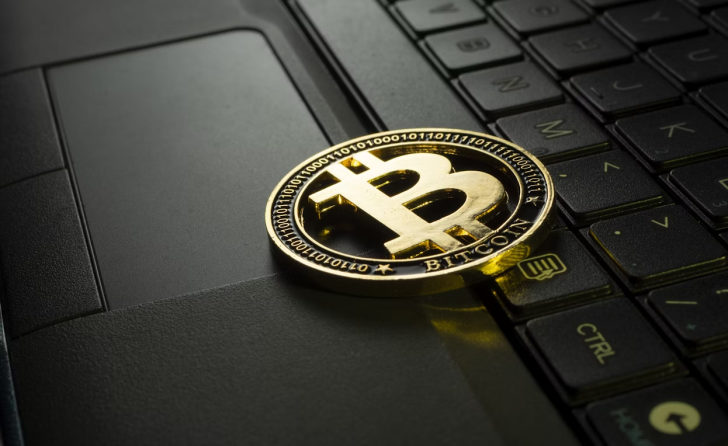However, the micro-payments revolution is going on more or less unnoticed. These are tiny, frequent transactions that traditional payment systems can hardly support economically. So, is the micro-payment through Bitcoin and its scaling protocols going to be the main use case rather than a side experiment by 2026?
Why 2026 Could Be the Inflection Year
Why 2026 is a candidate year for a turning point? Several factors come together:
● Technology maturity: With improvements in micro payment network routing, channel liquidity, and wallet UX, micropayments will be more practical and user-friendly.
● Ecosystem integration: Stablecoins are now becoming part of the Lightning layer; for example, USDT started support on the Bitcoin/Lightning networks in Jan 2025. This move to use cryptocurrencies other than pure BTC payments adds more value to businesses and users who want stability plus speed.
● New business models: The “Internet of Value” concept, where value flows as easily as data, is becoming popular. Research revealed that micropayments could be the primary source of income for knowledge markets, streaming, gaming, and IoT.
● Gaming and entertainment overlap: As digital entertainment evolves, micro-transactions become increasingly important. An informative example: some online gaming platforms now allow players to spin pokies with Bitcoin, using Lightning-speed transactions to carry out small-value bets in a few seconds. It may sound particular, but this is just one of the many ways crypto micropayments are practically used in leisure, not just fintech.
● Global payments and inclusion pressure: Normal cross‐border payments take 2-5 business days and cost 1-3% in fees. On the other hand, low-fee Lightning transfers (sometimes subsecond) can change this model drastically.
Why Micro-Payments Matter
Micro-payment is a term used for minimal payments, mostly less than a dollar (or its equivalent), and sometimes even less than a cent. Credit card payments, bank wire transfers, and, in most cases, digital wallets have fees that make the amount of such small payments economically unfeasible. This means that many digital-economy use cases (tipping content, per-second streaming, pay-as-you-go services), which are barely spoken about, are severely limited in reach.
So, what is the solution? The Lightning Network is a second-layer payment protocol that can be "laid" on top of the Bitcoin blockchain to achieve fast and cheap transactions by creating off-chain payment channels. A narrative review of the LN states that its main features are very low transaction costs, almost immediate settlement, and the ability to make a large number of small-value payments.
ln Metrics & Emerging Momentum

Adoption figures are a beacon of hope. As an illustration, CoinGate's payment‐processor data reveal that the proportion of Bitcoin payments handled through the Lightning network increased from 6.5% in Q2 2022 to 16.6% in Q2 2024. On the other hand, the network is getting older when viewed through the lens of increasing channel capacity, node count, and the number of integrations with mainstream platforms. A report by Fidelity Digital Assets points out that the transaction fees for an optimized Lightning participant can be “as low as 0 %” and the time for completion can be less than half a second.
Besides the figures, the use of the technology in the real world is getting more visible: cash transfers, streaming micropayments, Internet-of-Things (IoT) applications, and gaming platforms are identified as the rapidly developing sectors. These evolutions, in fact, indicate a future in 2026 when micro-payments will not be mere experiments, but actual operations.
Challenges to Overcome
Before the year 2026 can be considered as the era of micro-payments, several challenges, naturally, still stand in the way:
- User experience and onboarding: To achieve mass adoption, wallets and apps should hide technical complexity from users.
- Merchant adoption and incentives: What businesses need is an apparent reason to accept micro-payments (which, as a rule, have been carrying a small margin of profit).
- Regulation and compliance: With micro-payments becoming prevalent across borders and platforms, regulatory frameworks (tax, anti‐money-laundering, consumer protection) will gain importance.
- Gaming/gambling overlap risks: The remark about pokies with Bitcoin is a double-edged sword; while it indicates real usage, it also brings up regulatory and reputational issues. The businesses need to be very careful in the way they proceed.
What to Watch in 2025 and Early 2026
If we want to find out whether 2026 is going to be the year when crypto micro-payments become popular, these are the signs one should check:
● The number and size of merchants (including entertainment/gaming) that publicly announce that Lightning/Bitcoin micro-payments are an option.
● Stablecoin volume that is settling over Lightning channels, with instant settlements, is a potent combination.
● Improvements in the UX of user-facing wallets and applications that allow ordinary users to carry out micro-transactions without having crypto-related knowledge.
 Editorial staff
Editorial staff

 Editorial staff
Editorial staff


